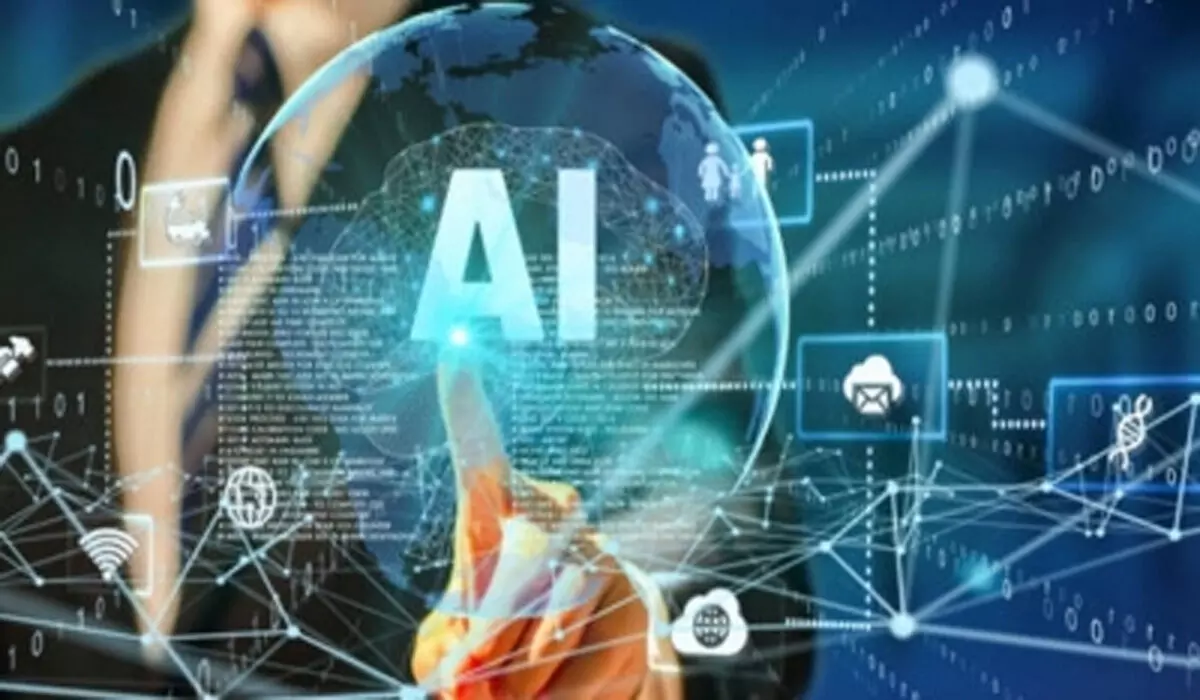Is AI capable of replacing human labour and boosting productivity?
Experts estimate that artificial intelligence chatbots can boost productivity by 40%. A business's productivity will, of course, be determined by the tools it uses. Also, AI capabilities will continue to grow with time, so this is a good place to start.
image for illustrative purpose

Experts estimate that artificial intelligence chatbots can boost productivity by 40%. A business's productivity will, of course, be determined by the tools it uses. Also, AI capabilities will continue to grow with time, so this is a good place to start.
As a result of the massive amount of data it can handle, it can improve revenue, productivity, growth, digital transformation, and efficiency. By automating mundane operations, one can free up workers' time to focus on higher-order, strategic work.
There are several ways in which artificial intelligence can increase the productivity of a business. The advancement of machine learning, for example, has enabled cheaper, better predictive analyses, which have resulted in completely automating tasks (like self-driving cars), increasing access to relevant knowledge and data that can be combined to create new ideas and know-how, and the development of innovations.
Machine Learning and AI can test hundreds of mathematical models of production and outcome possibilities, improving analysis and findings. In addition, it is done while adapting to new information, such as new product innovations, supply chain disruptions, or unexpected demand changes.
It is possible to continuously monitor the state of equipment and analyze the data collected by sensors. When necessary, the system can schedule field technicians and order replacement parts. Furthermore, big data algorithms can predict future equipment failures, advancing predictive maintenance.
With analytics and machine learning, everything, including quoting and building the supply chain, will be recorded and critiqued. Machine Learning reduces supply chain forecasting errors by 50 percent and expenses related to transportation and warehousing and supply chain administration by 5-10 percent and 25-40 percent, respectively, according to experts of the field.
Real-time detection of quality violations can be done by analyzing component photos from production lines using artificial intelligence. In the event of a mismatch between the live image and the order data, such as a missing tag, the last inspection team is notified.

